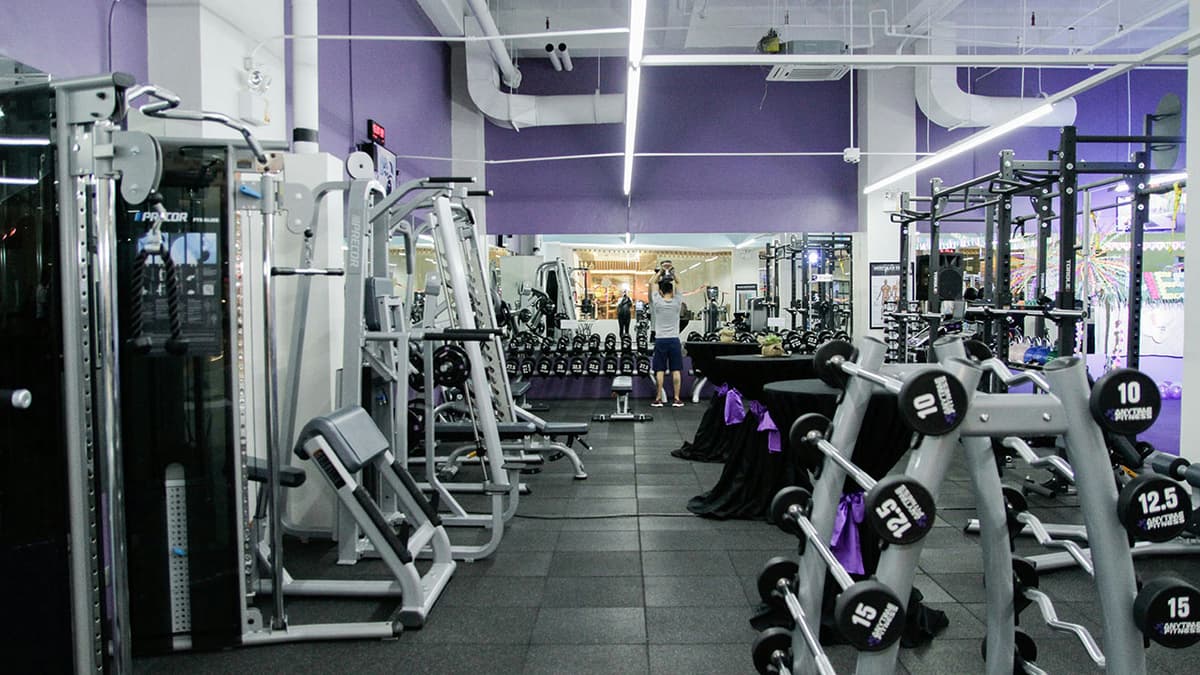Joining a Subway Franchise: Costs and Steps
Subway is one of the most recognizable fast-food chains across the globe, famed for its fresh sandwiches, salads, and an assortment of toppings that customers can mix and match to their preference. If you are considering entering the restaurant business, joining the Subway franchise could be a lucrative opportunity. This guide will walk you through the process of joining the Subway franchise network and outline the costs involved.
Understanding Subway and Its Franchise Model
Before you decide to join, it’s essential to know what Subway offers and why it's a favorable option for many entrepreneurs. Subway prides itself on offering healthier alternatives to traditional fast food. With a menu that allows customization and a variety of fresh ingredients, it appeals to a diverse audience.
Franchising with Subway means you're purchasing the right to use the Subway brand, along with their operational systems, marketing support, and ongoing business support. It’s a model that allows for a shared success story: you operate your own business, but with the backing and established practices of a global brand.
Step-by-Step Guide to Joining the Subway Franchise
Step 1: Assess Your Eligibility and Commitment
Becoming a Subway franchise owner starts with self-assessment. Are you ready to commit to a business that requires day-to-day management and a hands-on approach? Do you have the necessary capital? Are you prepared to adhere to Subway’s corporate policies and procedures? Answering these questions affirmatively is your first step.
Step 2: Gather Information
Visit the Subway franchising website or Subway's franchising page to request more information. You will find detailed information about the franchise opportunity, including investment costs, franchise fees, and testimonials from other franchisees.
Step 3: Apply
If you decide to proceed, the next step is to complete the Subway franchise application. The application asks for your personal information, business experience, and financial status. This helps Subway determine if you are a good fit for their franchise model.
Step 4: Review Franchise Disclosure Document (FDD)
Upon acceptance of your preliminary application, Subway will provide you with their Franchise Disclosure Document (FDD). The FDD offers an in-depth look into the franchise’s operations, obligations, and the contractual obligations you’ll be bound by once you sign up. Review this document thoroughly or consider seeking legal advice to understand it fully.
Step 5: Secure Financing
Starting any business requires capital, and a Subway franchise is no exception. You’ll need to secure financing to cover the initial franchise fee, startup costs, equipment, rent, and more. Subway may offer financing options, or you can seek loans from banks or financial institutions.
Step 6: Find a Location
Choosing the right location can be critical to your Subway franchise's success. Sometimes, Subway helps with site selection by offering locations they have pre-approved. Ideally, your restaurant should be in a high-traffic area accessible to potential customers.
Step 7: Training and Restaurant Build-Out
Once everything is in place, you will undergo Subway’s training program, which covers operations, marketing, and management skills. Simultaneously, your restaurant site will be developed according to Subway’s specifications to ensure brand consistency.
Step 8: Grand Opening
After your training and the setup of your restaurant, you’ll be ready for the grand opening. Subway provides support with marketing and promotion to help announce your new franchise’s launch, aiming to draw in crowds right from the start.
How Much Does a Subway Franchise Cost?
Initial Costs
The initial cost of opening a Subway franchise can vary greatly depending on location, rent, size of the restaurant, and other factors. On average, the initial investment for a Subway franchise ranges from $150,000 to $328,700. This includes a franchise fee of approximately $15,000 for the rights to operate a Subway franchise.
Ongoing Fees
Beyond the initial investment, Subway franchisees are required to pay ongoing royalty fees and advertising fees. The royalty fee typically stands at 8% of the gross sales, and the advertising fee is about 4.5% of gross sales. These fees fund corporate support services and national advertising campaigns respectively.
Additional Costs
Additional costs can include legal fees, insurance, additional employee training, and ongoing maintenance of equipment and premises. It is important to account for these when planning your budget.
Joining the Subway franchise network can be an exciting venture for any entrepreneur. Providing the convenience of a well-known brand and an established business model, it offers a pathway to ownership with less risk than starting a business from scratch. With thorough preparation, adequate financing, and commitment, owning a Subway franchise can be both a profitable and rewarding business opportunity. Like any business venture, success depends significantly on location, management, and the ability to adapt to changing business environments. If you are ready to embark on this journey, start by gathering as much information as possible and preparing yourself for an exciting business adventure.












